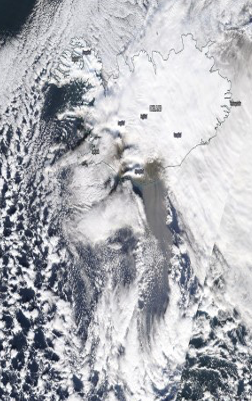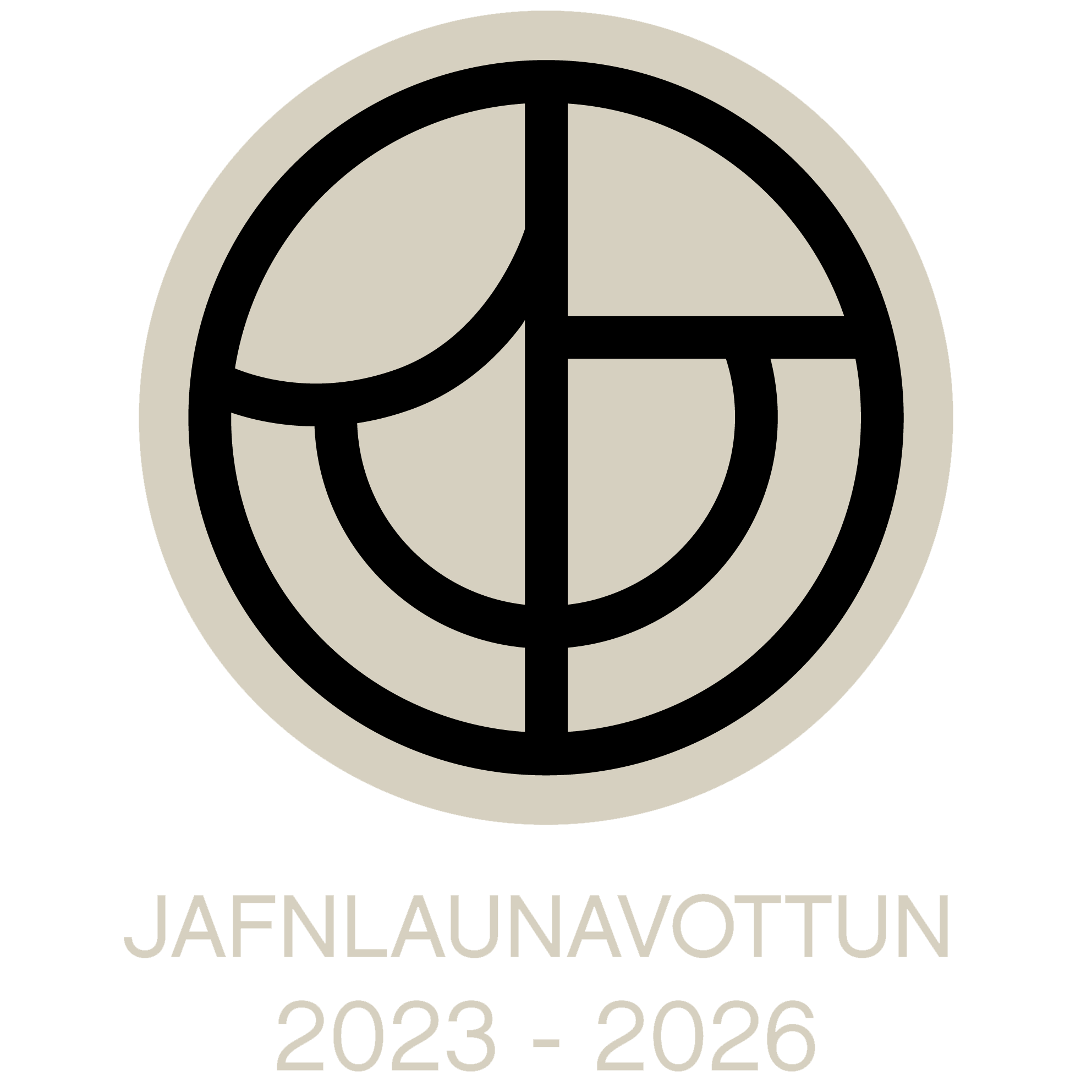Icelandic dust storm on 24-25 Oct 2019 reaching Europe was well predicted by DREAM_Iceland model
Ísland er nú orðin hluti af sand- og rykvarnarkerfi Alþjóðaveðurstofunnar e. World´s Meteorological Organization Sand and Dust Storm advisory system.
--- English below ---
Starfsmenn LbhÍ og rykteymi Alþjóðaveðurstofunnar hafa þróað kerfi til að spá fyrir um uppfok ryks á Ísland. Í teyminu sem vann að þessu verkefni voru Pavla Dagsson-Waldhauserova, Slobodan Nickovic, Bojan Cvetkovic, Slavko Petkovic, Goran Pejanovic og Ólafur Arnalds. Kerfið er þegar komið í
gagnið og þar með er farið að spá fyrir um rykmengun á norðurslóðum (High Latitude Dust) svipað og spáð er fyrir um sandstorma á helstu eyðimerkursvæðum heims. Nokkrar af sandauðnum Íslands teljast á meðal virkustu rykuppsprettum jarðar og rykið getur borist út yfir a.m.k. 500 þúsund ferkílómetra svæði. Rannsóknir sýna ennfremur að ryk sem á rætur sínar að rekja til Íslands hefur fundist á Svalbarða, Írlandi og Serbíu í um 2.500 km fjarlægð frá uppruna stað sínum. Íslenskar auðnir eru þær stærstu á norðurslóðum og í Evrópu. Rykveður e.dust storms verða a.m.k. 135 daga á ári að meðaltali, en rykið hefur margháttuð áhrif á náttúru landsins, bæði á landi, í vötnum og á hafsvæðunum umhverfis landið. Auk þess hefur rykið áhrif á bráðnum snævar og á ýmsa loftslagsþætti, t.a.m. skýjamyndun. Rykið veldur síðan loftmengun sem getur haft neikvæð áhrif á heilsu fólks.
Spálíkanið var þróað af Veðurstofunni í Serbíu (Republic Hydrometeorological Service of Serbia) í samvinnu við starfsmenn Landbúnaðarháskóla Íslands, en það byggir á svokölluðu DREAM-líkani (Dust Regional Atmospheric Model). Vinnan hefur staðið yfir nokkurra ára skeið. Styrktaraðilar að þessari vinnu voru EU COST verefnið „inDust“ sem hefur gengt lykilhlutverki við að tengja saman sérfræðinga í rannsóknum á ryki í heiminum, auk samstarfsvið Rykrannsóknafélag Íslands.
„Við erum þeirrar skoðunar að þessar rykspár séu afar mikilvægar til að spá fyrir um hættu á rykmengun vettvangi sveitarfélaga, stofnana og fyrir almenning, en ekki síður fyrir þá sem vinna að rannsóknum á náttúru landsins og á veðurfari Norður-Atlandshafsins“ sagði Pavla um spálíkanið.
--
tengt efni
Rýnt í rykstorma á Dyngjusandi
--
Icelandic dust forecast is a part of the World´s Meteorological Organization Sand and Dust Storm advisory system
Pavla Dagsson-Waldhauserova, Slobodan Nickovic, Bojan Cvetkovic, Slavko Petkovic, Goran Pejanovic, Olafur Arnalds
Iceland is an active desert in high latitudeswith frequent dust storms. Dust deposition covers an area of >500,000 km2 around Iceland, but studies show that Icelandic dust travels to Svalbard, Ireland and Serbia (> 2,500 km). Icelandic desert areas are so large that they comprise the largest Arctic and European desert. Icelanders experience annually at least135 dust days on average and dust storms cause severe air pollution and traffic accidents. No systematic monitoring and dust forecast have been available for Icelanders until now.
It is a great pleasure to announce that the first operational forecast for Icelandic dust has been launched at the World´s Meteorological Organization Sand/Dust Storm Warning Advisory and Assessment System (WMO SDS-WAS). This is the first High Latitude Dust (HLD) forecast available among the dust forecasts of the largest deserts in the world.This operational dust forecasting system has been developed by the Republic Hydrometeorological Service of Serbia (RHMSS) in long-term collaboration with the Agricultural University of Iceland (AUI) and it is based on the Dust Regional Atmospheric Model (DREAM_Iceland). The EU COST Action inDust has served as an important platform to engage and network the scientists in HLD research. The cooperation is a part of the Icelandic Aerosol and Dust Association (ICEDUST) network.
We believe that this dust forecast provides vital information on dust related risks for municipalities, road and aviation administrations, power companies, travel agencies, research institutions, and the general public. Find the Icelandic Forecast and more information about it on this link.







